Wearing a motorcycle helmet is crucial for rider safety, as it provides protection against potential head injuries in the event of an accident. When choosing a helmet, it is important to consider its safety features, including its rating. Helmet ratings are determined by various standards organizations that test motorcycle helmets for their effectiveness in protecting against impacts. Do helmet rating? In this article, we will explore the highest rating for a motorcycle helmet, discussing the different standards and certifications that determine the level of protection provided.
What is the highest rating for motorcycle helmets?
Importance of Helmet Ratings
Helmet ratings are designed to ensure that motorcycle helmets meet specific safety standards and provide effective protection in the event of a crash or impact. These ratings help riders make informed decisions when selecting a helmet, as they indicate the level of protection provided by the helmet. Understanding helmet ratings is crucial for choosing a helmet that offers the highest level of safety.
Different Helmet Standards
Various standards organizations around the world have developed criteria and testing protocols to evaluate motorcycle helmets. Three widely recognized standards are:
Snell Memorial Foundation: The Snell standard, established by the Snell Memorial Foundation, is an independent and voluntary certification that goes beyond the minimum requirements of DOT and ECE standards. Helmets meeting Snell standards are tested for additional impact and performance criteria.
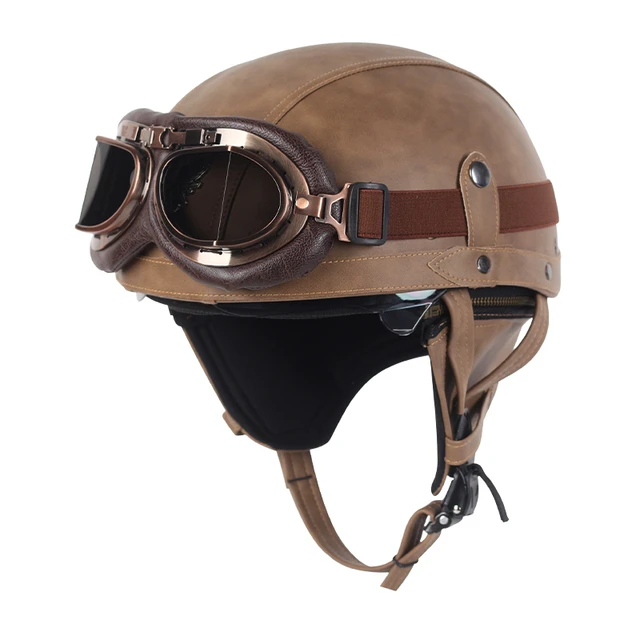
Helmet Ratings and Levels of Protection
Helmet ratings are determined by the level of protection offered by the helmet based on specific criteria. These ratings provide riders with an indication of the helmet’s ability to absorb impacts and protect against head injuries. The highest rating for a motorcycle helmet typically represents the highest level of protection. Let’s explore the different ratings and their corresponding levels of protection:
- DOT Certified: Helmets meeting DOT standards are considered to provide a basic level of protection. They are tested for impact attenuation and penetration resistance. While DOT certification ensures a certain level of safety, it is important to note that the standards are considered the minimum requirement, and helmets meeting higher standards may offer enhanced protection.
- ECE Certified: Helmets meeting ECE standards are generally considered to provide a higher level of protection compared to DOT-certified helmets. ECE certification involves more comprehensive testing, including various impact scenarios and helmet stability.
- Snell Certified: Motorcycle Helmets meeting Snell standards are typically considered to offer the highest level of protection. Snell certification involves rigorous testing for impact attenuation, shell penetration resistance, and other performance requirements. Snell-certified helmets undergo additional testing to ensure they meet the foundation’s stringent criteria.
Snell M and E Standards
Within the Snell standards, there are two primary designations: Snell M (Motorcycle) and Snell E (Racing). Let’s delve into the details of each designation:
Snell M (Motorcycle) Standard: Helmets certified to meet Snell M standards are designed for general motorcycle use. They undergo testing for impact attenuation, chin bar strength, shell penetration resistance, and other performance criteria relevant to motorcycle riding. Snell M-certified helmets offer a high level of protection for everyday riding.
Snell E (Racing) Standard: Helmets certified to meet Snell E standards are specifically designed for racing and high-performance riding. They undergo more rigorous testing, including additional impact scenarios and higher levels of performance requirements. Snell E-certified helmets are intended for professional racers and riders engaged in high-speed and competitive riding.
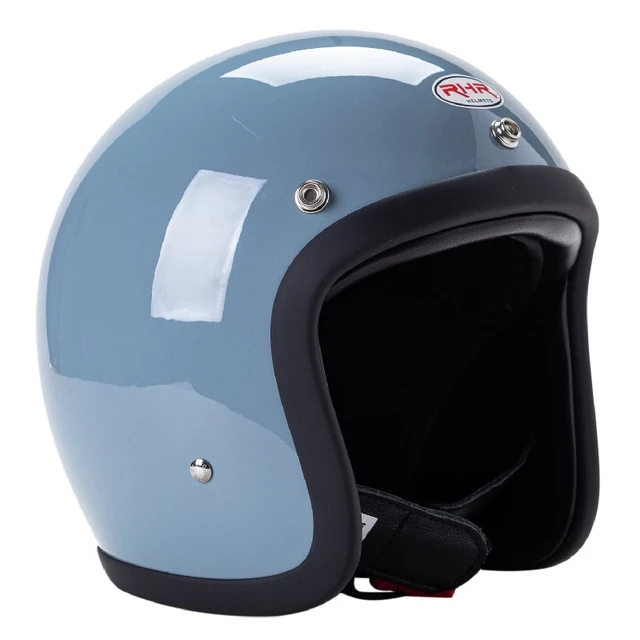
Motorcycle Helmets Safety Factors
While helmet ratings provide a useful benchmark for safety, it is important to consider other factors that contribute to helmet safety. These factors include:
- Proper Fit: A helmet should fit snugly and securely on the rider’s head without excessive movement. A proper fit ensures that the helmet can effectively absorb and distribute the forces of an impact.
- Construction Materials: Helmets constructed with high-quality materials, such as fiberglass, carbon fiber, or advanced polymers, offer enhanced strength and impact resistance.
- Helmet Weight: Lighter-weight helmets can reduce fatigue and strain on the neck and shoulders during long rides, promoting rider comfort and concentration.
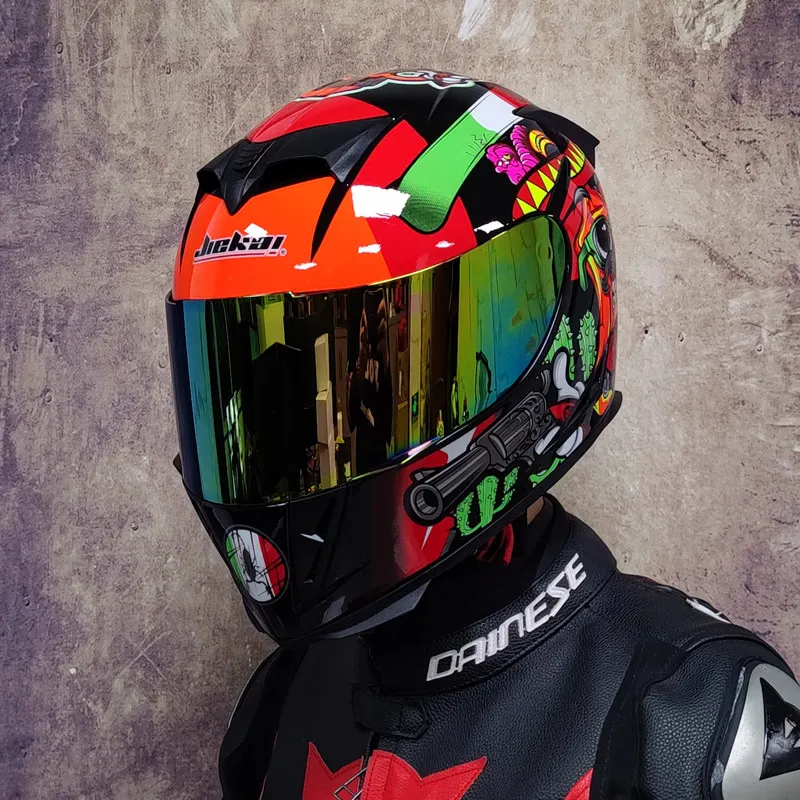
Selecting a Helmet for Maximum Protection
Choosing a helmet for maximum protection involves considering multiple factors beyond just the highest rating. Here are some additional considerations:
- Helmet Type: Different types of helmets, such as full-face, modular, or open-face helmets, offer varying levels of coverage and protection. Full-face helmets generally provide the most comprehensive coverage and protection.
- Brand Reputation: Selecting a reputable brand known for quality and safety can provide added assurance of a helmet’s protective capabilities. Look for helmets from trusted manufacturers with a strong track record in producing safe and reliable helmets.
- User Reviews: Reading user reviews and feedback can offer insights into the helmet’s comfort, fit, and overall performance. Pay attention to reviews that specifically address the helmet’s impact protection and effectiveness in real-world scenarios.
- Personal Comfort: It is crucial to choose a helmet that is comfortable and suits your riding style and preferences. A helmet that fits properly and feels comfortable can promote better compliance with wearing it at all times.
Additional Considerations for Optimal Helmet Protection
Beyond helmet ratings and selection, there are additional factors to consider to ensure optimal helmet protection:
Helmet Maintenance:
Proper maintenance is crucial for ensuring the longevity and effectiveness of a motorcycle helmet. Regularly clean the helmet using mild soap and water, and avoid using abrasive cleaners that could damage the helmet’s protective materials. Inspect the helmet regularly for any signs of wear, damage, or deterioration, such as cracks, loose padding, or compromised straps. Replace any damaged parts or the entire helmet if necessary.
Proper Motorcycle Helmets Sizing:
Ensuring a proper helmet fit is essential for maximizing its protective capabilities. Helmets that are too loose or too tight may not provide adequate protection in the event of an impact. Follow the manufacturer’s sizing guidelines and try on different helmets to find the one that fits snugly and comfortably on your head.
Use of Helmet Accessories:
While helmet accessories can enhance comfort and functionality, it is crucial to use them in a manner that does not compromise the helmet’s safety features. Avoid attaching accessories that could weaken the integrity of the helmet or interfere with its ability to absorb impact forces. Opt for accessories specifically designed and tested for use with the helmet model you have chosen.
Helmet Certification Updates:
Keep in mind that helmet certification standards may evolve over time as research and technology progress. Stay informed about any updates or changes to certification standards and consider upgrading your helmet to meet the latest safety requirements. Manufacturers often release new helmet models that incorporate advancements in safety technology.
Additional Safety Gear:
While a helmet is a crucial piece of safety equipment, it is important to complement it with other protective gear for optimal rider safety. Consider using additional protective gear, such as back protectors, knee guards, or chest protectors, depending on your riding style and preferences.
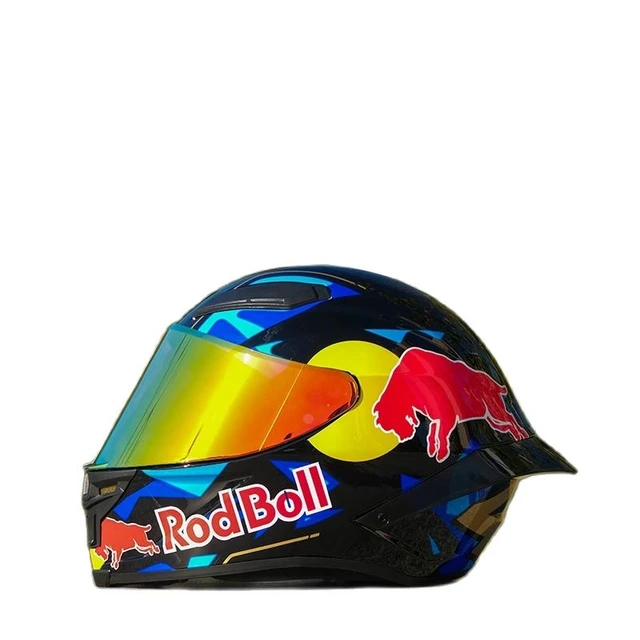
Beyond the Basics: Advanced Helmet Technologies
Helmet technology continues to evolve, offering riders even greater protection and comfort:
MIPS (Multi-Directional Impact Protection System):
This technology reduces rotational forces on the brain during an impact, potentially mitigating concussions and
Smart Helmets
These helmets integrate features like heads-up displays, rearview cameras, and Bluetooth communication systems, enhancing safety and convenience.
Self-Tinting Visors
These visors automatically adjust their tint level based on lighting conditions, providing optimal visibility in any situation.
Emergency SOS Systems:
Some helmets include sensors that can detect a crash and automatically send an SOS message with your location to emergency services.
Choosing the Right Helmet for You
With so many options available, finding the right helmet can seem daunting. Consider these factors:
- Riding Style: Different helmets are designed for different types of riding. Choose a helmet that matches your needs, whether you’re a cruiser enthusiast, a sportbike rider, or an off-road adventurer.
- Budget: Helmets range in price from affordable to high-end. Set a budget and look for the best value within your price range.
- Comfort: A helmet should fit snugly but comfortably. Try on different helmets to find one that feels right.
- Features: Consider the features that are most important to you, such as ventilation, noise reduction, visor type, and communication system compatibility.
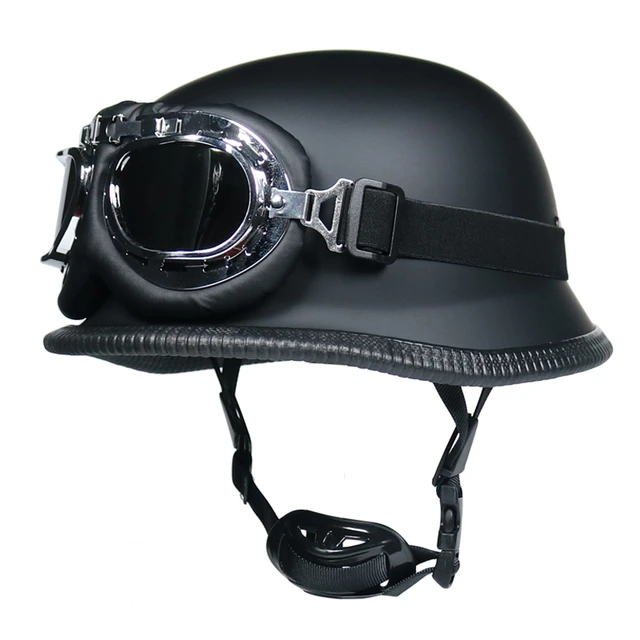
The highest motorcycle helmet ratings typically represents the highest level of protection available in 2024. Helmet ratings, such as DOT, ECE, and Snell, indicate the helmet’s ability to absorb impacts and protect against head injuries. While helmets meeting the minimum standards provide a certain level of safety, it is advisable to consider additional factors such as fit, construction materials, and helmet age. By selecting a helmet that meets the highest safety standards and suits your individual needs, you can enjoy the highest level of protection while riding your motorcycle.
